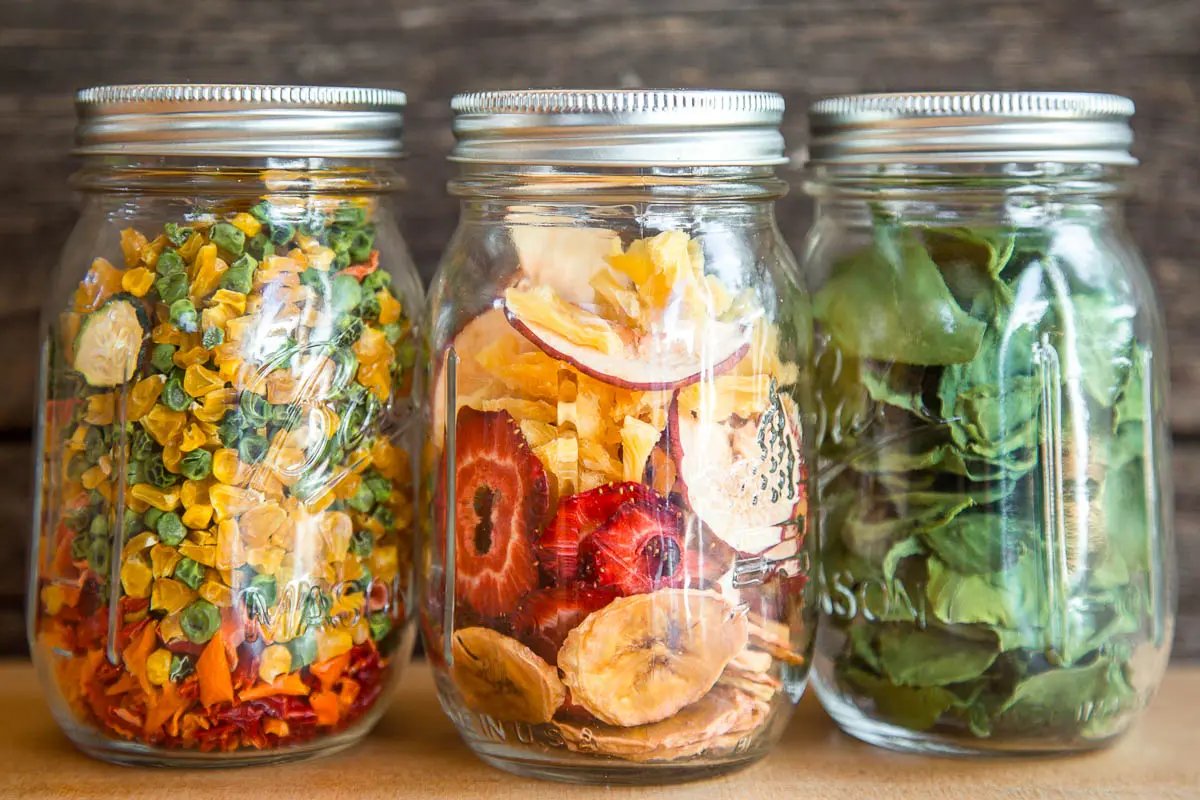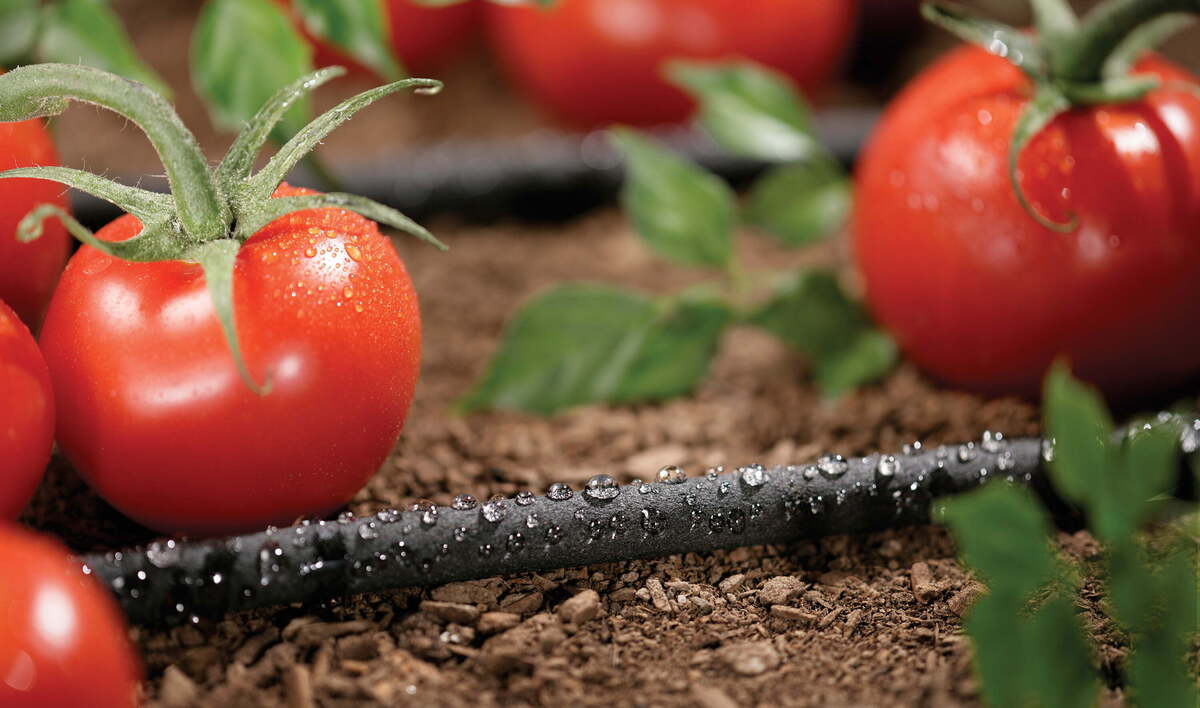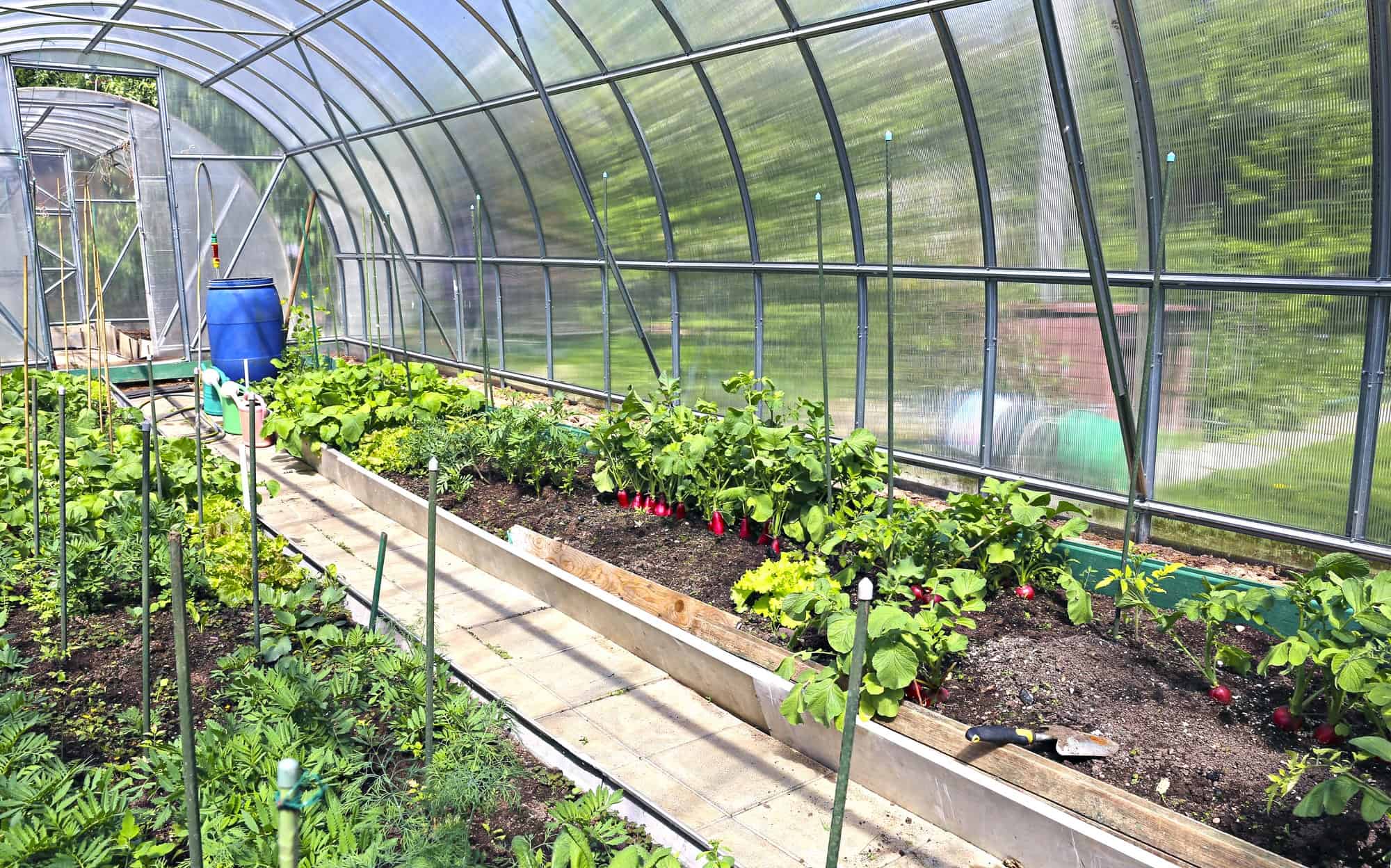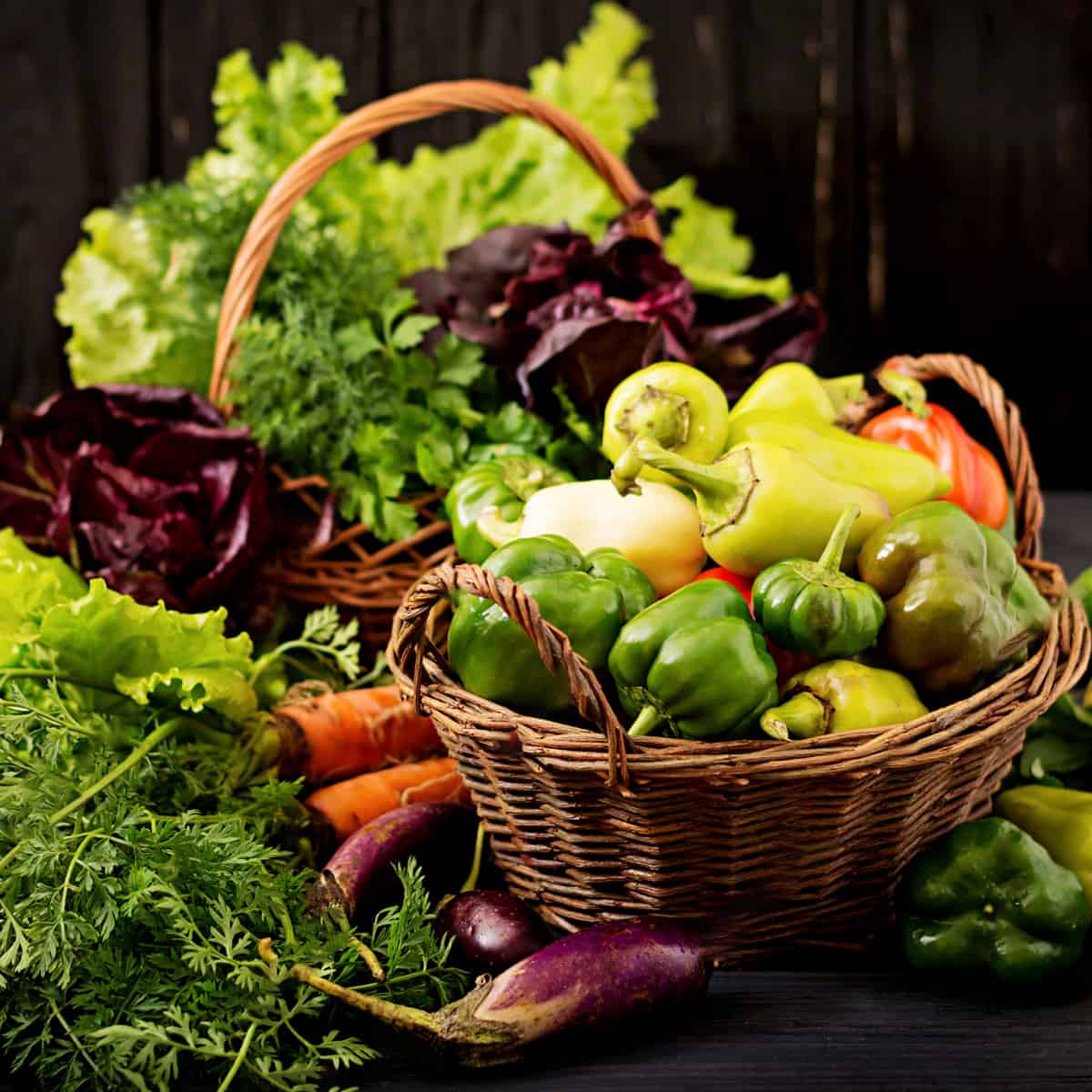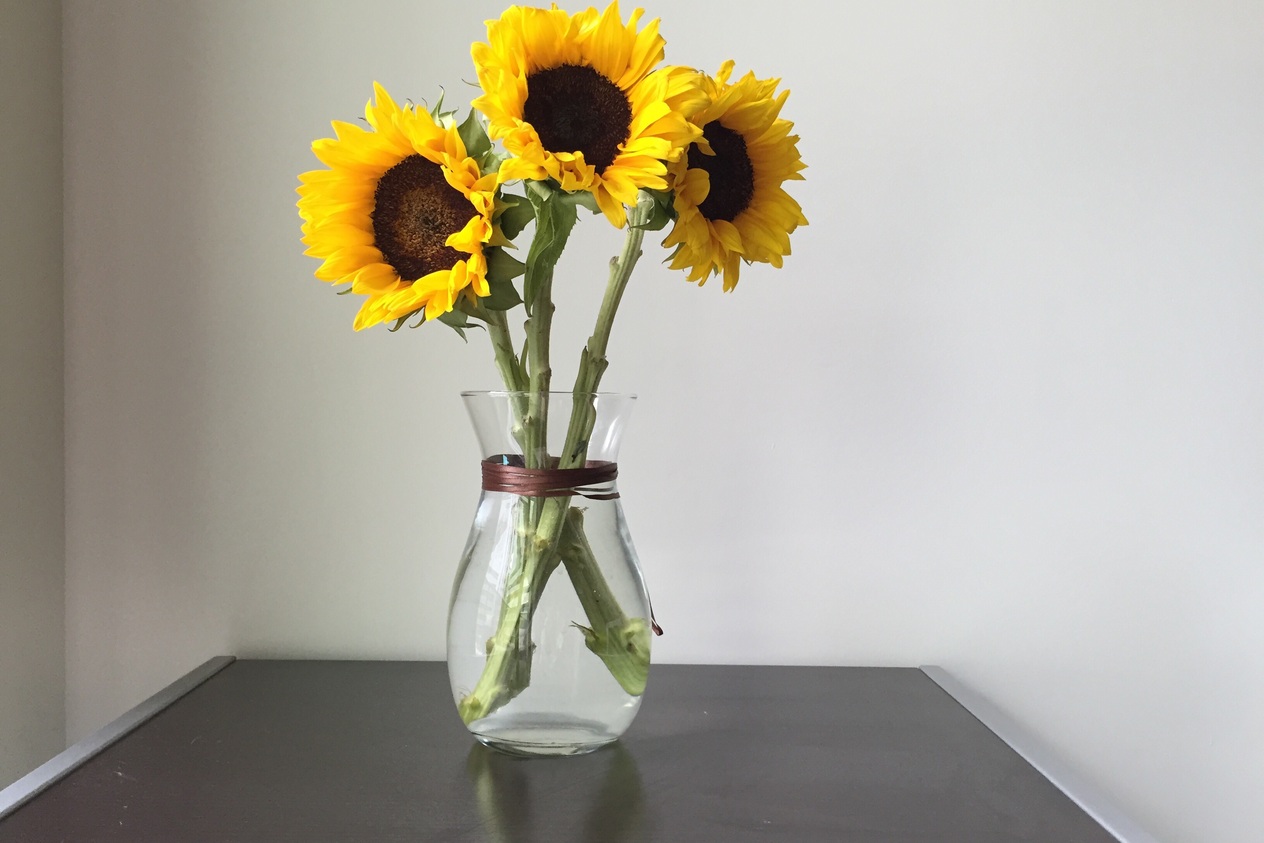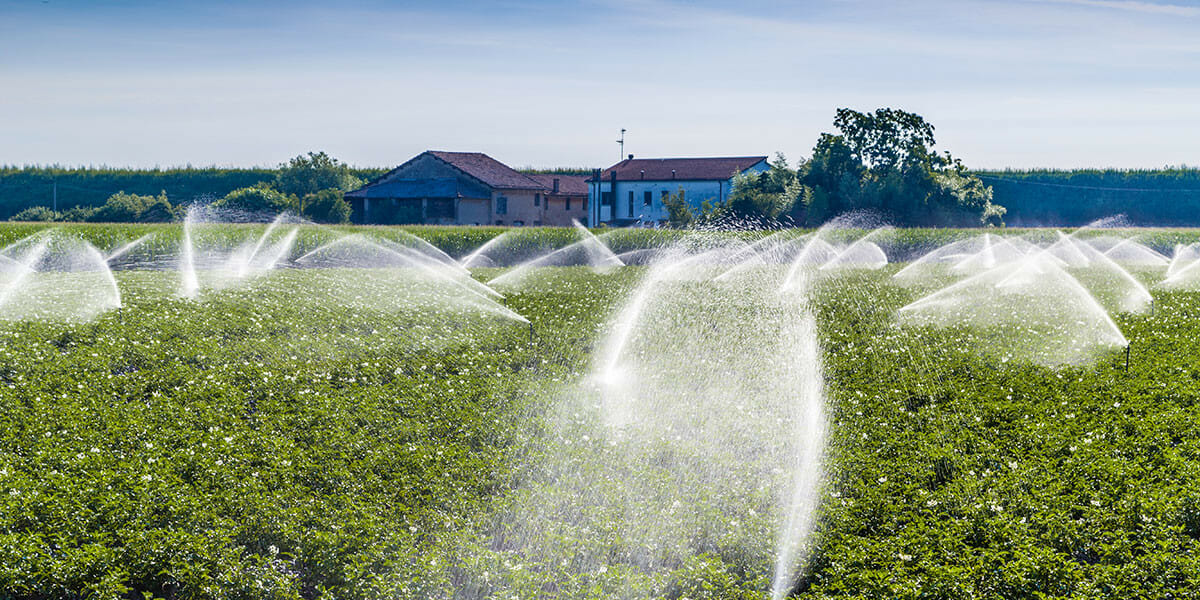Home>Gardening News and Trends>Latest News>How Long Does Pickled Vegetables Last
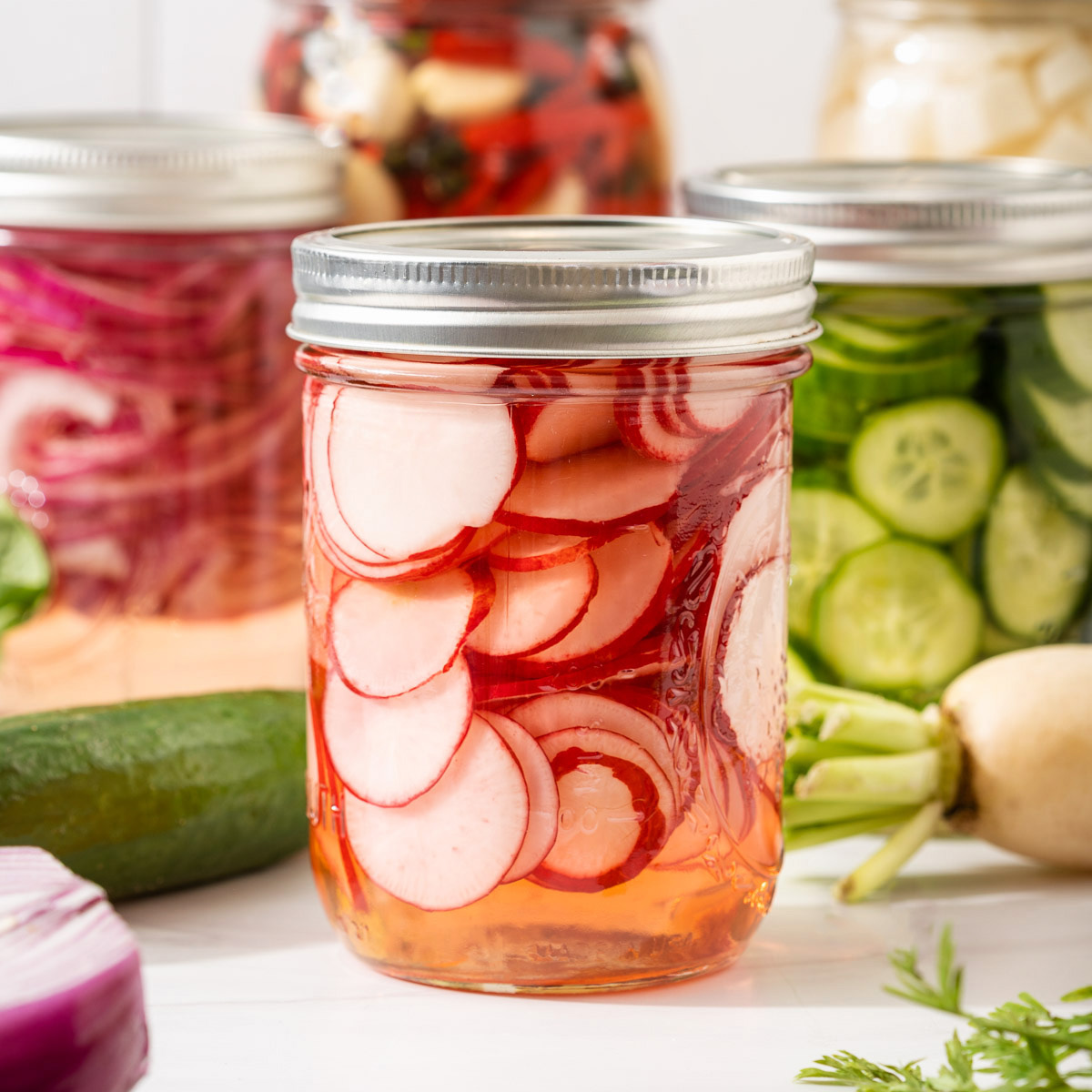

Latest News
How Long Does Pickled Vegetables Last
Modified: January 22, 2024
Stay updated with the latest news on how long pickled vegetables last. Find out the shelf life of your favorite pickled veggies and tips for storage.
(Many of the links in this article redirect to a specific reviewed product. Your purchase of these products through affiliate links helps to generate commission for Chicagolandgardening.com, at no extra cost. Learn more)
Table of Contents
Introduction
Welcome to the world of pickled vegetables! Whether you’re a fan of tangy cucumbers, crunchy carrots, or zesty peppers, pickled vegetables are a staple in many cuisines. They add a burst of flavor to sandwiches, salads, and even charcuterie boards.
But how long do pickled vegetables actually last? That’s a common question among home cooks and food enthusiasts. The answer depends on various factors, such as the type of vegetable, the pickling method, and how they are stored.
In this article, we’ll explore the factors that affect the shelf life of pickled vegetables and delve into the specific shelf lives of different types of pickled veggies. We’ll also provide some tips on how to properly store and handle pickled vegetables, and discuss the telltale signs of spoilage.
So, if you’re curious about how long those delicious pickled vegetables can last, read on to find out!
Factors Affecting Shelf Life
Several factors play a role in determining the shelf life of pickled vegetables. Understanding these factors will help you ensure the longevity and quality of your pickled creations. Let’s take a look:
- Pickling Method: The method used to pickle vegetables plays a significant role in their shelf life. Traditional pickling methods involve using vinegar or brine to preserve the vegetables. The acidity in the pickling solution helps to inhibit the growth of harmful bacteria and extends the shelf life of the vegetables. The pickling liquid’s ingredients, such as salt, sugar, and spices, also contribute to preservation.
- Vinegar Strength: The acidity level of the pickling vinegar affects the shelf life of pickled vegetables. Generally, a vinegar with at least 5% acidity is recommended for pickling. The higher the acidity level, the longer the pickled vegetables will last. If you’re using homemade vinegar, ensure that it has the appropriate acidity level or consider diluting it with commercial vinegar.
- Vegetable Freshness: The quality and freshness of the vegetables used for pickling significantly impact their shelf life. Choose vegetables that are firm, crisp, and unblemished. Avoid using overripe or bruised vegetables as they are more prone to spoilage.
- Sanitation: Proper sanitation is crucial when pickling vegetables to prevent contamination and spoilage. Make sure to thoroughly wash the vegetables and sanitize all equipment, such as jars and utensils, before use. Any lingering bacteria or microorganisms can shorten the shelf life of the pickled vegetables.
- Storage Conditions: The way you store pickled vegetables also affects their shelf life. Store them in a cool, dark place, away from direct sunlight and heat sources. Ideally, the temperature should be between 35°F (2°C) and 40°F (4°C). Proper storage conditions help slow down the growth of bacteria and maintain the quality of the pickled vegetables.
By considering these factors, you can maximize the shelf life of your pickled vegetables and enjoy their flavors for an extended period. Now that we’ve explored the factors affecting shelf life, let’s dive into the specific shelf lives of different pickled vegetables.
Shelf Life of Different Pickled Vegetables
When it comes to pickled vegetables, each type has its own shelf life based on its characteristics and the pickling process. Here are some commonly pickled vegetables and their typical shelf lives:
- Cucumbers: Pickled cucumbers, also known as pickles, are a popular choice. They can last for about 1 to 2 years when stored properly. However, their texture may become softer over time. For maximum crispness, it’s best to consume them within the first few months.
- Carrots: Pickled carrots have a slightly shorter shelf life compared to cucumbers. They can last for about 6 to 12 months. Pay attention to the texture and smell as they age. If they become mushy or have an off odor, it’s best to discard them.
- Peppers: Whether it’s jalapenos, banana peppers, or bell peppers, pickled peppers last for about 1 to 2 years. Keep in mind that the spiciness of the peppers may mellow over time.
- Onions: Pickled onions can last for about 1 to 2 years. They add a delightful tanginess to various dishes but may lose their crunchiness over time.
- Beets: Pickled beets have a decent shelf life of around 1 to 2 years. However, they might begin to lose their vibrant color and become softer as time passes.
It’s important to note that these shelf lives are approximate and can vary depending on various factors, such as the specific pickling method, vinegar acidity, and storage conditions. Always check for any signs of spoilage before consuming pickled vegetables, even if they seem to be within their shelf life range.
Now that you know the shelf life of different pickled vegetables, let’s move on to the next section to learn about proper storage and handling techniques to ensure their freshness and flavor.
Proper Storage and Handling
To maintain the freshness and quality of pickled vegetables, proper storage and handling are key. Here are some guidelines to follow:
- Choose the Right Container: Use glass jars or containers with airtight lids for storing pickled vegetables. Avoid using containers made of metal or plastic, as they can react with the acidic pickling solution and affect the flavor.
- Ensure Proper Sealing: Make sure the jars or containers are sealed tightly to prevent air and bacteria from entering. A good seal will help extend the shelf life of the pickled vegetables.
- Store in a Cool and Dark Place: Pickled vegetables should be stored in a cool place, away from direct sunlight and heat. The ideal storage temperature is between 35°F (2°C) and 40°F (4°C). Avoid storing them in the refrigerator door, as the temperature fluctuates more there.
- Avoid Cross-Contamination: Be cautious when handling pickled vegetables to avoid cross-contamination. Use clean utensils when removing vegetables from the jar, and avoid introducing any moisture that could spoil the remaining contents.
- Use Clean Hands: When handling pickled vegetables directly, ensure your hands are clean to avoid introducing any bacteria to the jars.
- Refrigerate After Opening: Once the jar of pickled vegetables has been opened, store it in the refrigerator to maintain its freshness and extend its shelf life. The refrigeration temperatures will help slow down any bacterial growth.
- Label and Date: It’s always a good practice to label the jars with the contents and the date of pickling. This way, you can keep track of their freshness and ensure proper rotation.
- Inspect Regularly: Periodically inspect the jars for any signs of spoilage, such as mold growth, unusual odors, or a cloudy appearance. If you notice any changes, it’s best to discard the pickled vegetables.
By following these storage and handling guidelines, you can enjoy the taste and texture of pickled vegetables for an extended period and minimize the risk of spoilage.
Now that you know how to properly store and handle pickled vegetables, let’s move on to the next section to learn about the signs of spoilage to watch out for.
Signs of Spoilage
While pickled vegetables have a longer shelf life compared to fresh produce, they can still spoil if not stored or handled properly. Here are some signs to look out for to determine if your pickled vegetables have gone bad:
- Unpleasant Odor: If you notice a foul or off-putting smell coming from the jar of pickled vegetables, it is a strong indication that they have spoiled. A sour or pungent odor may suggest the growth of harmful bacteria.
- Mold Growth: Visible mold growth on the surface of the pickled vegetables is a clear sign of spoilage. Mold can appear as green, white, or black spots or fuzzy patches. It’s important to discard the entire jar if mold is present.
- Change in Texture: If the pickled vegetables feel mushy, slimy, or excessively soft, they have likely started to deteriorate. The texture should remain firm and crisp throughout their shelf life.
- Cloudy Appearance: While some pickling solutions might become slightly cloudy over time due to natural processes, an excessively clouded appearance may indicate bacterial growth and spoilage.
- Off-Taste: Your taste buds are a valuable tool in detecting spoilage. If the pickled vegetables have an unusual or off-taste that differs from their usual flavor profile, it’s best to err on the side of caution and discard them.
- Gas Formation: If you detect bubbling or gas buildup inside the jar when you open it, it indicates the presence of fermentation or spoilage. Gas formation is a clear sign that the pickled vegetables are no longer safe to consume.
It’s important to note that if any of these signs are present, it’s best to discard the entire jar, including the pickling solution. Consuming spoiled pickled vegetables can lead to foodborne illnesses and unpleasant digestive issues.
Regularly inspect your pickled vegetables for these spoilage indicators, especially towards the end of their expected shelf life. By doing so, you can ensure that you’re consuming safe and enjoyable pickled vegetables.
Now that we’ve covered the signs of spoilage, let’s wrap up with some final thoughts.
Conclusion
Pickled vegetables are a fantastic addition to any culinary repertoire, offering a burst of flavor and texture to various dishes. As we’ve explored in this article, the shelf life of pickled vegetables can vary depending on factors such as the pickling method, vinegar strength, vegetable freshness, sanitation, and storage conditions.
By considering these factors and following proper storage and handling techniques, you can extend the shelf life of your pickled vegetables and ensure their quality. Always choose the right containers, seal them tightly, store them in a cool and dark place, and refrigerate after opening. Additionally, remember to inspect for signs of spoilage, such as unpleasant odors, mold growth, changes in texture, a cloudy appearance, off-taste, and gas formation.
While pickled vegetables have a longer shelf life compared to fresh produce, it is crucial to prioritize food safety and discard any pickled vegetables that show signs of spoilage. Trust your senses and use common sense when determining whether they are still safe to consume.
So, the next time you indulge in a crispy pickle, zesty pickled pepper, or tangy pickled onion, you’ll have a good understanding of their shelf life and how to keep them at their best. Enjoy the flavors and versatility of pickled vegetables, and savor the delightful punch they bring to your meals!
